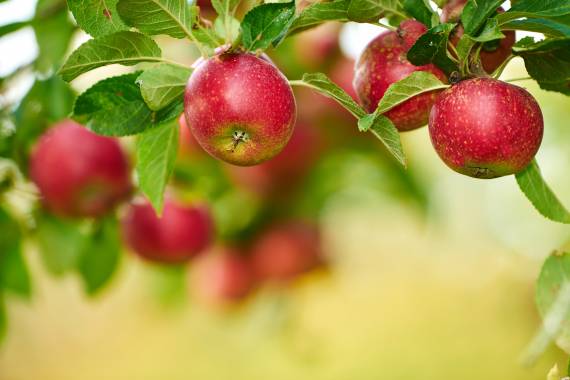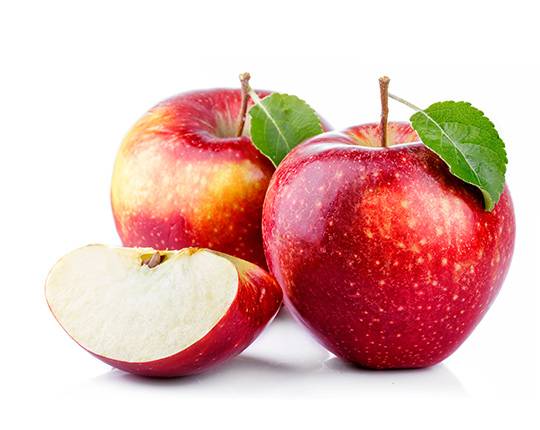ULO / XLO Controlled Atmosphere
ABSOGER has developed systems for ULO and XLO fruit preservation combining extremely low O2 and CO2 preservation rates.

Apples are among the horticultural products that inevitably change after harvest and only survive for a limited period of time, depending on their nature. They are generally water-rich organs that dehydrate quickly and are easily attacked by fungi and bacteria.
They may therefore more or less quickly become unfit for consumption or for sale. There are many benefits in controlling every stage from harvest to distribution, ensuring the best product quality.
For harvesting, different indicators are used.
Indicators of maturity
Quality indicators
The preservation of apples in a controlled atmosphere allows a longer storage time.
Each variety has its own specificities in terms of optimal temperature and storage time, as well as different air composition criteria.
Also, for some apples, the use of ULO/XLO technologies is recommended.
AC storage allows, through the management of the fruit’s respiration, to control its ethylene intake, responsible for the loss of firmness and the acceleration of senescence in particular.
Storage in AC maintains the firmness and acidity of the fruit, as well as reducing sensitivity to bitter pit and senescence scald.
In addition, the storage capacity is increased by 4 to 5 months thanks to the AC.
Storage conditions :
Infection through the proliferation of bacteria or fungi
Physiological disorders of the apple :
Apple diseases :
Maintaining fruit firmness through rapid cooling, cold storage, and the use of climate control techniques can significantly reduce pathogenic deterioration.
To extend the storage period of the fruit, the respiration of the fruit is blocked by lowering the temperature and the oxygen level inside the cold room while controlling the carbon dioxide level, since once picked, the apple continues to breathe (it absorbs oxygen and releases carbon dioxide). It is therefore essential to control and manage the oxygen and carbon dioxide levels.
Ethylene can accelerate the senescence and loss of firmness of Gala. Reducing the concentration of ethylene in the storage areas can reduce the susceptibility of the fruit to scald.
